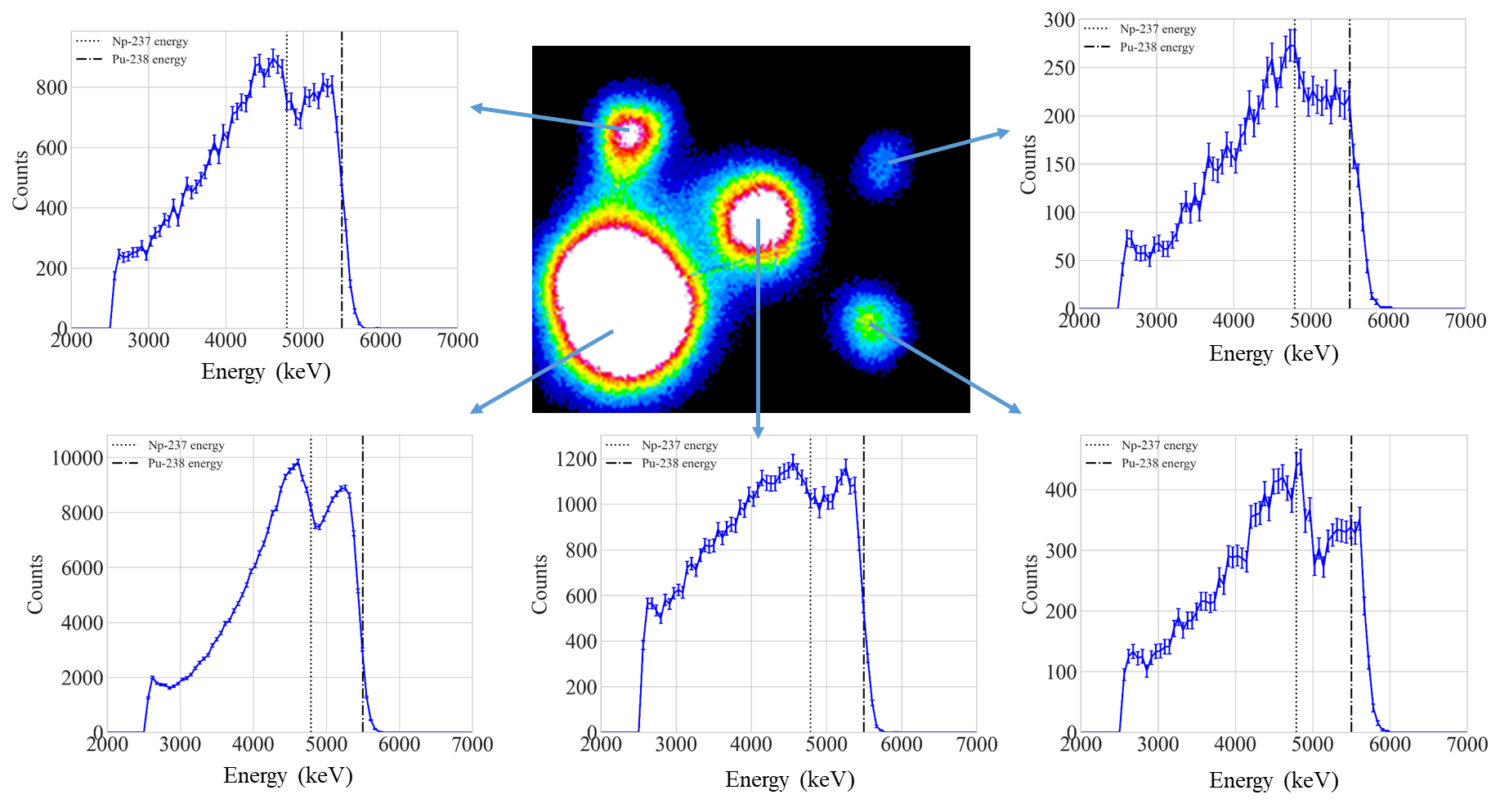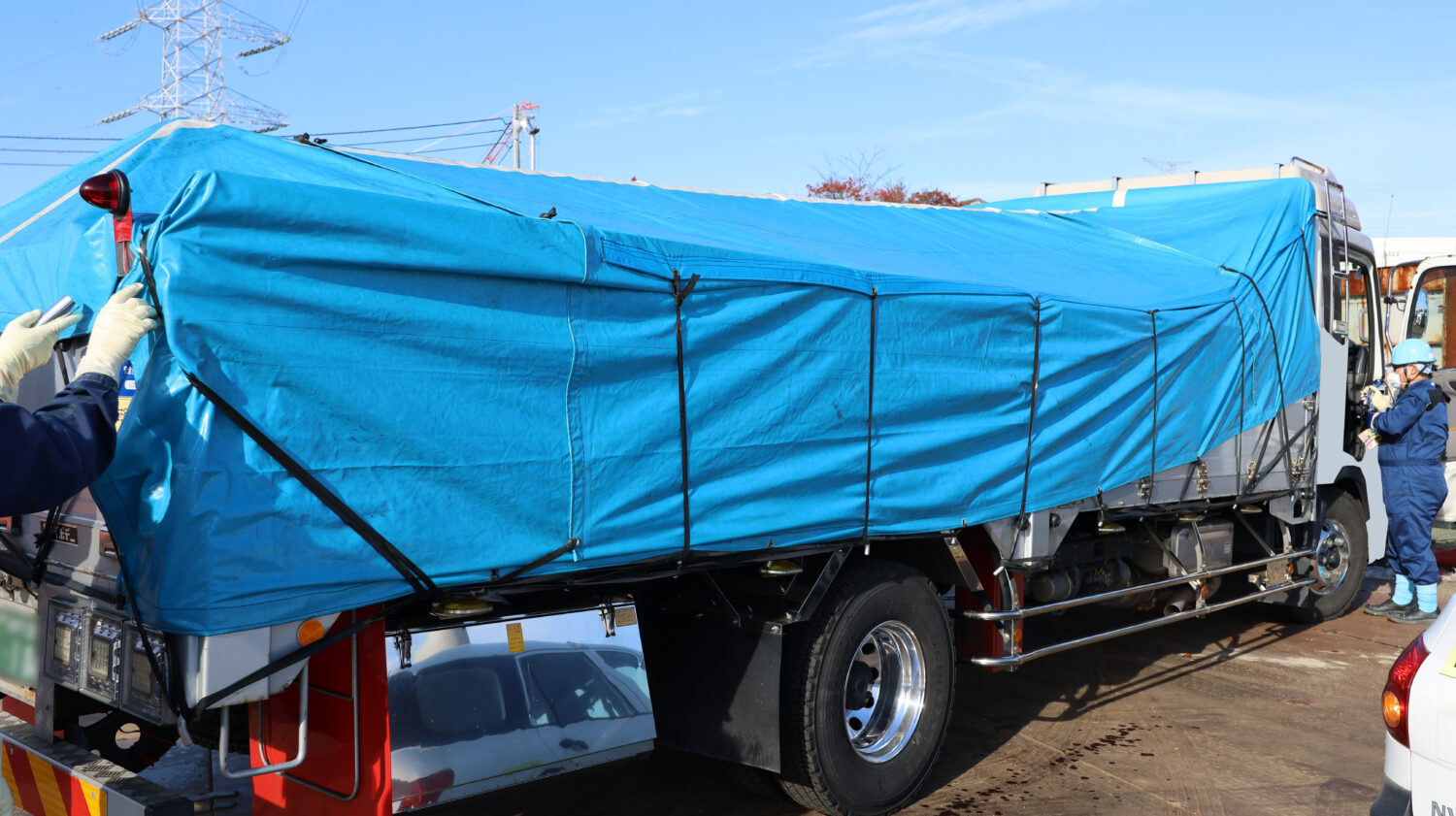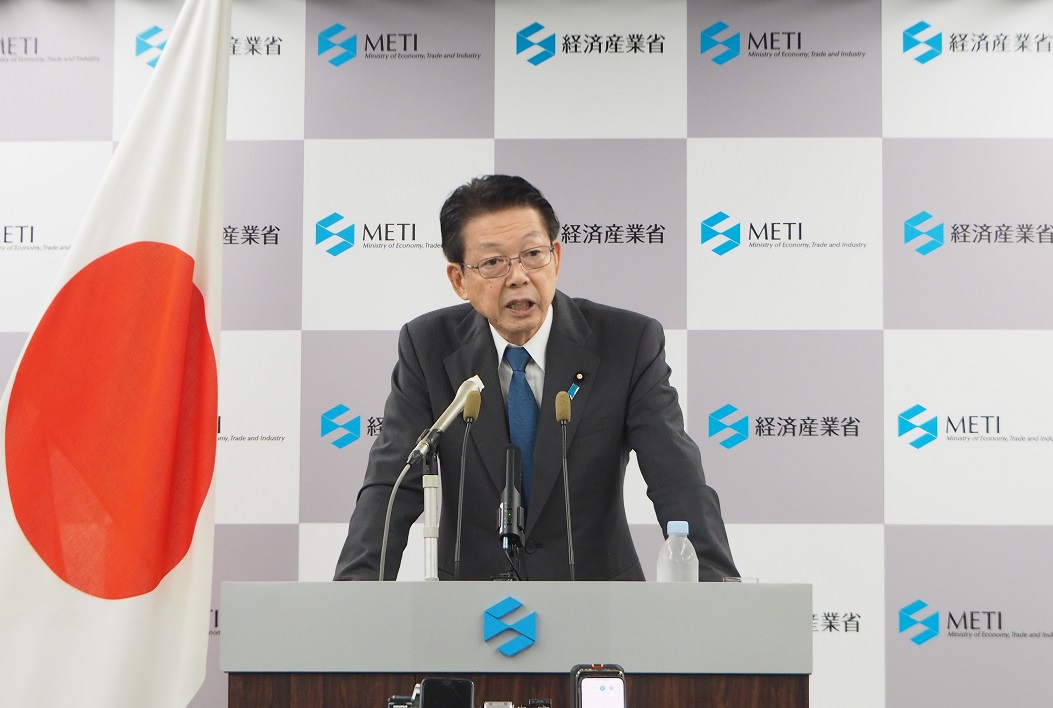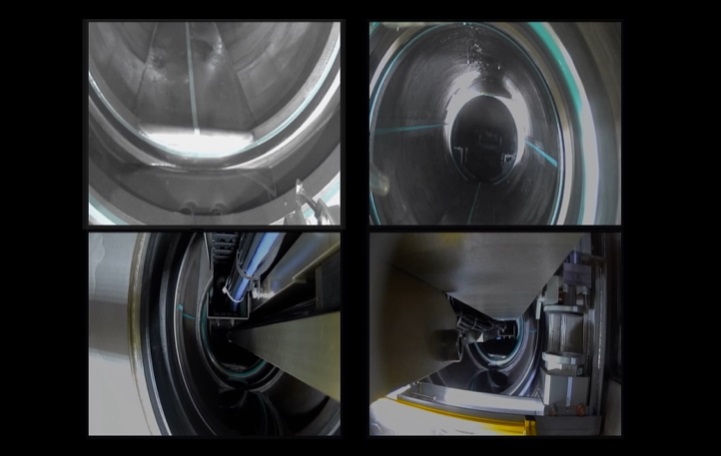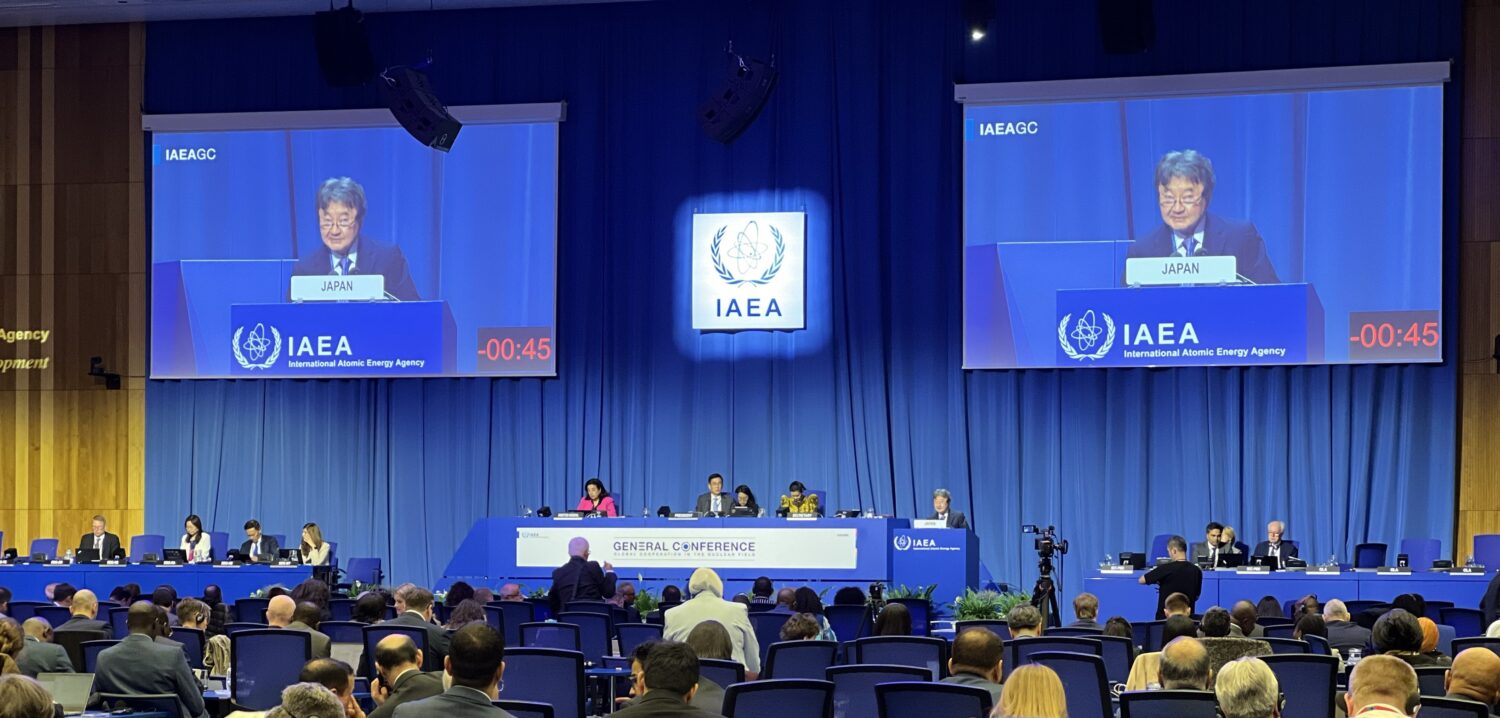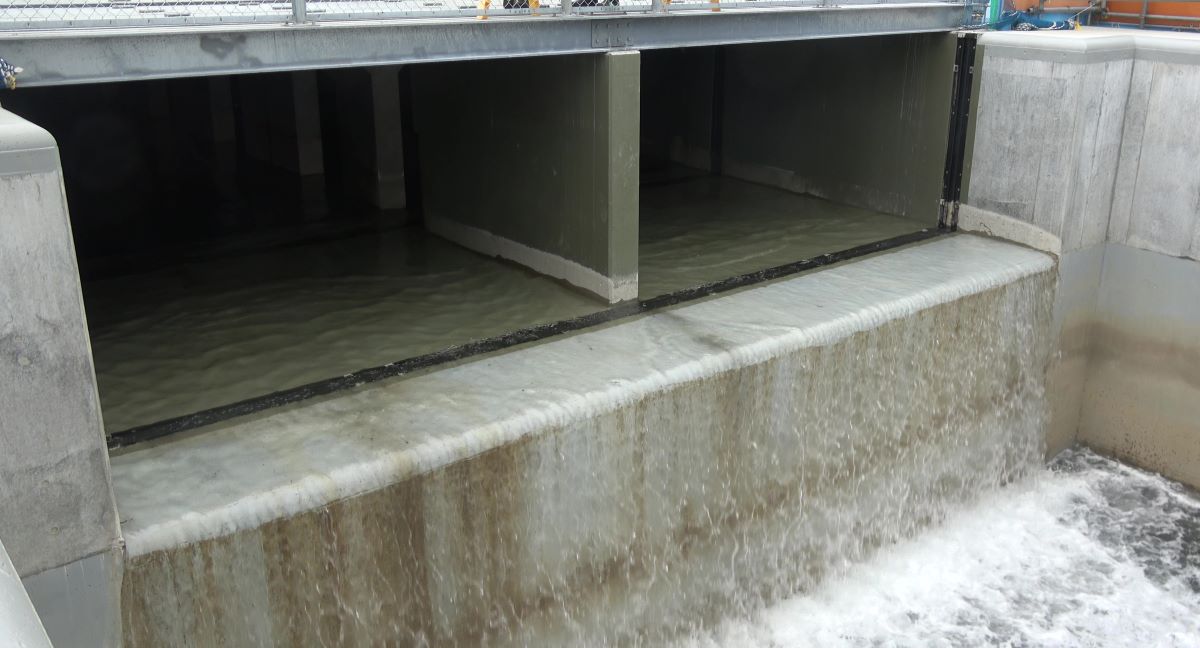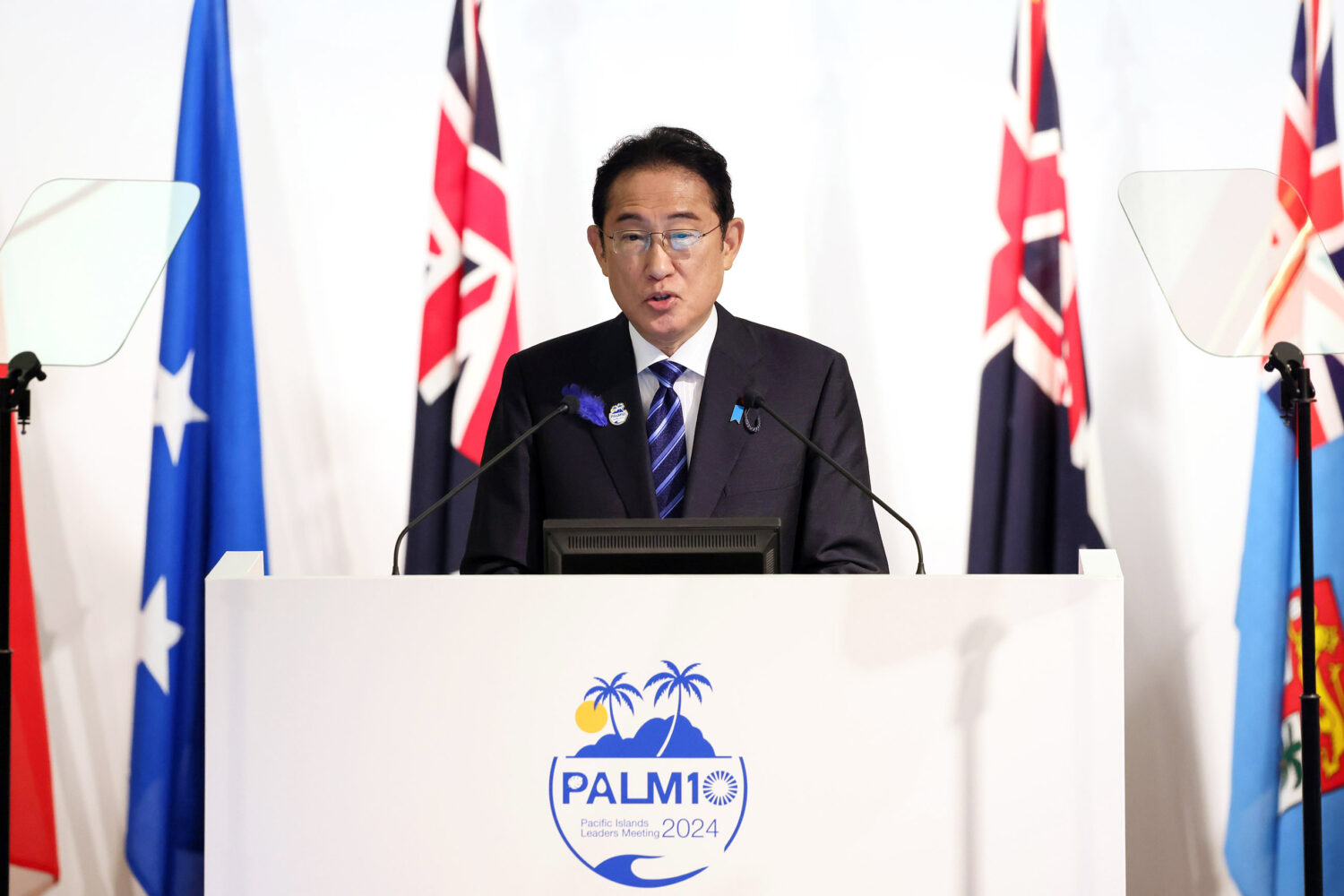On September 2, a paper appeared concerning the results in the electronic edition of Medicine, an international medical journal, entitled, “Comparison of childhood thyroid cancer prevalence among 3 areas based on external radiation dose after the Fukushima Daiichi nuclear power plant accident: The Fukushima health management survey.”
Professor Ohira and others studied a total of 300,476 children, aged 18 and under and living in Fukushima prefecture, who had undergone examinations for thyroid cancer between October 2011 and June 2015.
Based on external radiation values from basic data in the so-called “Fukushima health management survey” of prefectural citizens, made during the four months after the accident in order to grasp living conditions, all municipalities in the prefecture were categorized as follows: (1) those in which one percent or more of the people had an external radiation dose of 5mSv or more, (2) those where 99.9% or more of the people had an external radiation dose of 1mSv or less, and (3) all others.
Thyroid cancer occurrences were indexed as follows: (1) in areas where radiation doses were the highest, there were 48 occurrences per 100,000 persons; (2) in areas where radiation doses were the lowest, there were 41 occurrences per 100,000 persons; and (3) in the third group, there were 36 occurrences per 100,000 persons. The conclusion was that, overall, such differences among the groups were not significant.
The team then took a similar look at the prefecture classified into areas based on radiation dose analyses by the World Health Organization (WHO), which incorporated internal radiation doses, and again no relationship was seen.
In addition, using 129,321 children who both took thyroid examinations and were subject to the data survey, the group also looked for any relationship between individual external radiation doses and the occurrence among those who were 18 years old or younger and had been found to have thyroid cancer.
Occurrences of thyroid cancer fell into three categories based on external radiation dose based from the data survey: (1) 0.05% for those whose external radiation dose was less than 1mSv; (2) 0.04% for those whose dose was 1mSv or more but less than 2mSv; and (3) 0.01% for those whose dose was 2mSv or higher. From those figures, the research team concluded that no relationship existed.
Professor Ohira commented, “We had already released findings on the prevalence of thyroid malignancies or possible malignancies by area, including Nakadori, Aizu and Hamadori. This time, we divided the municipalities by radiation doses for comparison. What is significant is that there was no difference by area or individual.”
He went on to say, “This paper is limited to a four-year period after the accident. We should continue the study in order to identify any distinctive changes.”



